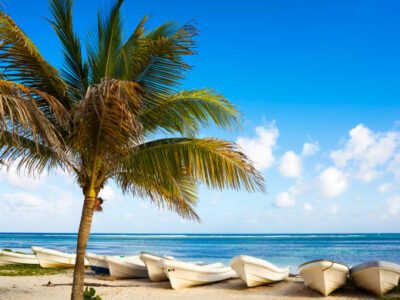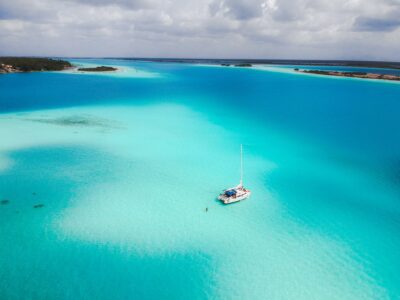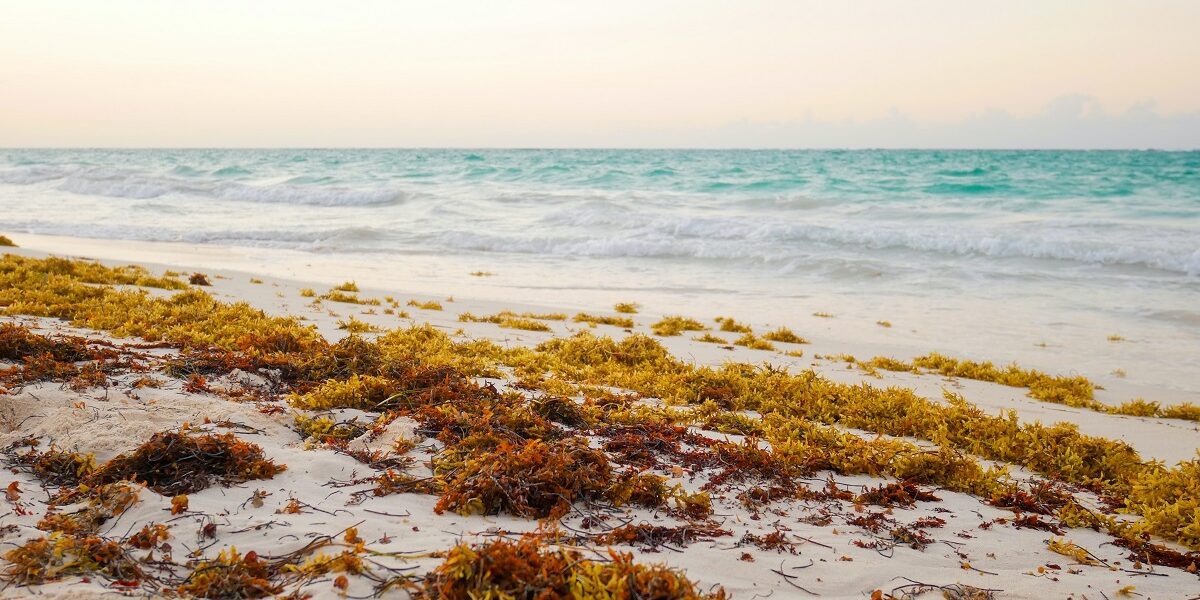The Riviera Maya is renowned for its pristine beaches and crystal-clear waters, drawing thousands of visitors each year seeking sun, sand, and relaxation. However, in recent years, the region has faced a natural phenomenon known as Sargassum, which has presented challenges to both tourists and the local ecosystem. In this article, we delve into the world of Sargassum, exploring its causes, impact, and the efforts undertaken to address this seaweed invasion in the Riviera Maya.
Understanding Sargassum:
Sargassum is a type of brown macroalgae that floats in massive mats on the ocean’s surface. It originates from the Sargasso Sea in the North Atlantic and can be transported by ocean currents to various coastal areas, including the Riviera Maya. The presence of Sargassum in the region is a natural occurrence, but its increased frequency and abundance in recent years have raised concerns.
Impact on the Ecosystem:
While Sargassum serves as a vital habitat for marine life, excessive accumulations can have negative impacts on the local ecosystem. Thick mats of Sargassum can prevent sunlight from reaching coral reefs, leading to coral bleaching and reduced biodiversity. Decomposing Sargassum can deplete oxygen levels in the water, potentially harming fish and other marine organisms. Additionally, when large quantities of Sargassum wash ashore, it can disrupt nesting sites for sea turtles and affect the overall balance of the coastal ecosystem.
Challenges for Tourism:
The influx of Sargassum poses challenges for the tourism industry in the Riviera Maya. The accumulation of seaweed on the beaches can hinder the picturesque views and affect the pristine aesthetics that visitors seek. It also impacts recreational activities such as swimming and snorkeling, as the seaweed can make the water murky and unpleasant. Additionally, the smell associated with decomposing Sargassum can be off-putting for beachgoers.
Efforts and Solutions:
Local authorities, environmental organizations, and communities are actively working to address the challenges posed by Sargassum. Here are some of the efforts and solutions being implemented:
- Monitoring and Early Detection: Monitoring systems are in place to track the movement of Sargassum and provide early warnings to authorities and beachfront resorts.
- Removal and Clean-up: Specialized crews are employed to manually remove Sargassum from the beaches, using machinery and manual labor to clear the shorelines.
- Research and Innovation: Ongoing research aims to develop innovative techniques to manage Sargassum, including the use of floating barriers, natural deterrents, and eco-friendly collection methods.
- Collaboration and Community Involvement: Stakeholders across the Riviera Maya, including government agencies, tourism associations, and local communities, are working together to address the issue collectively. Community beach clean-up initiatives are also encouraging residents and visitors to contribute to the efforts.
- Seaweed Management and Recycling: Sargassum is being explored as a resource rather than waste, with initiatives to develop products such as organic fertilizers and building materials from the collected seaweed.
While the presence of Sargassum in the Riviera Maya presents challenges, it is essential to recognize the collaborative efforts and solutions being implemented to mitigate its impact. Through monitoring, removal, research, and community involvement, the region is actively addressing the seaweed challenges. Visitors to the Riviera Maya can stay informed about Sargassum conditions and support sustainable tourism practices that contribute to the preservation of the local environment. By working together, we can strike a balance between the natural occurrence of Sargassum and the preservation of the Riviera Maya’s pristine beaches and vibrant ecosystem.








